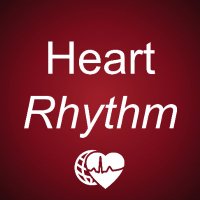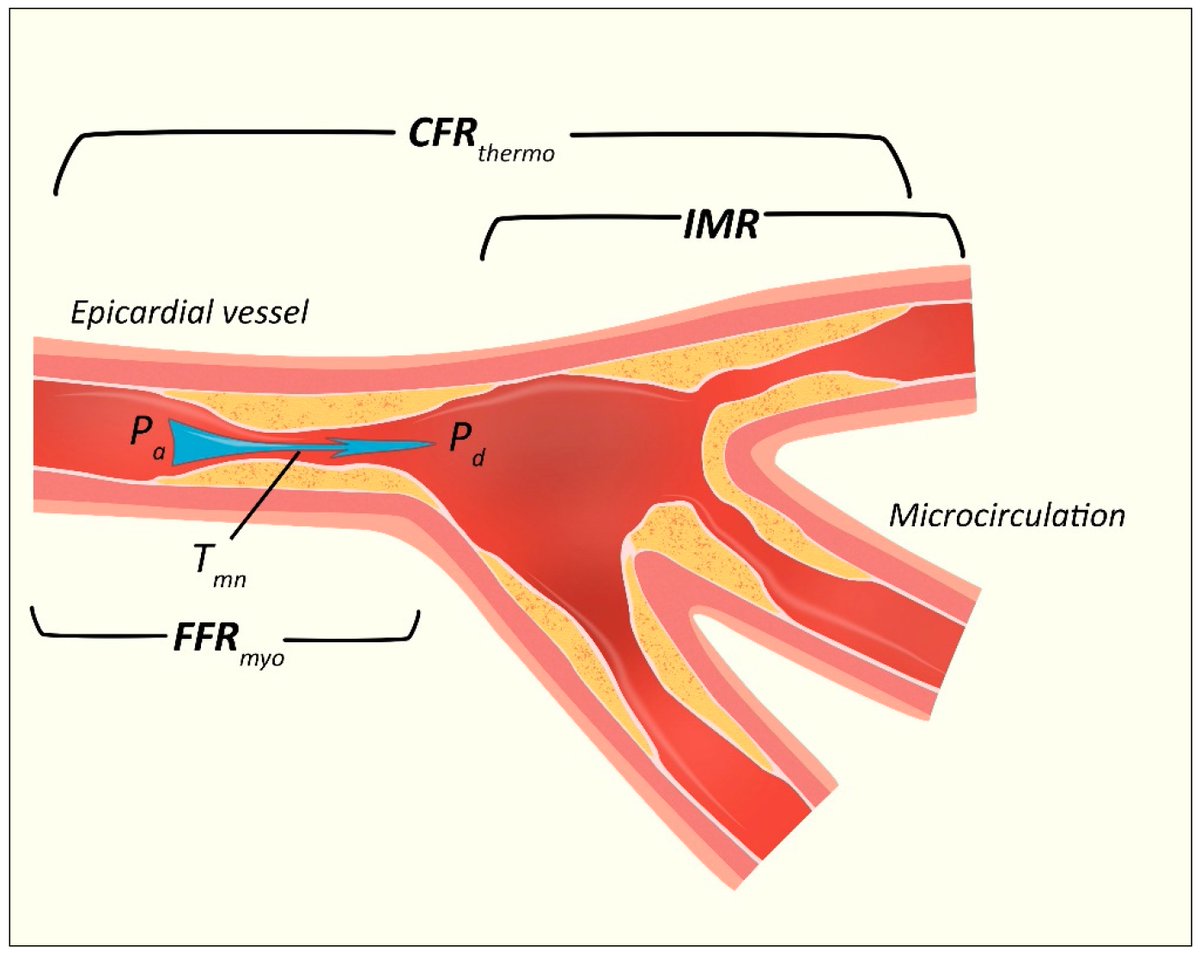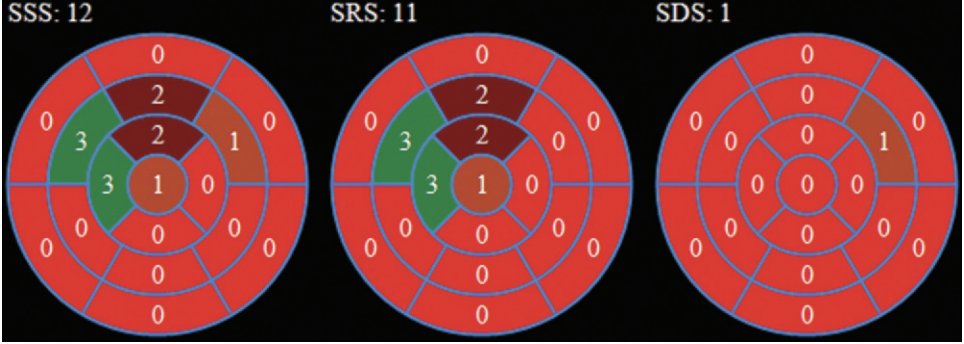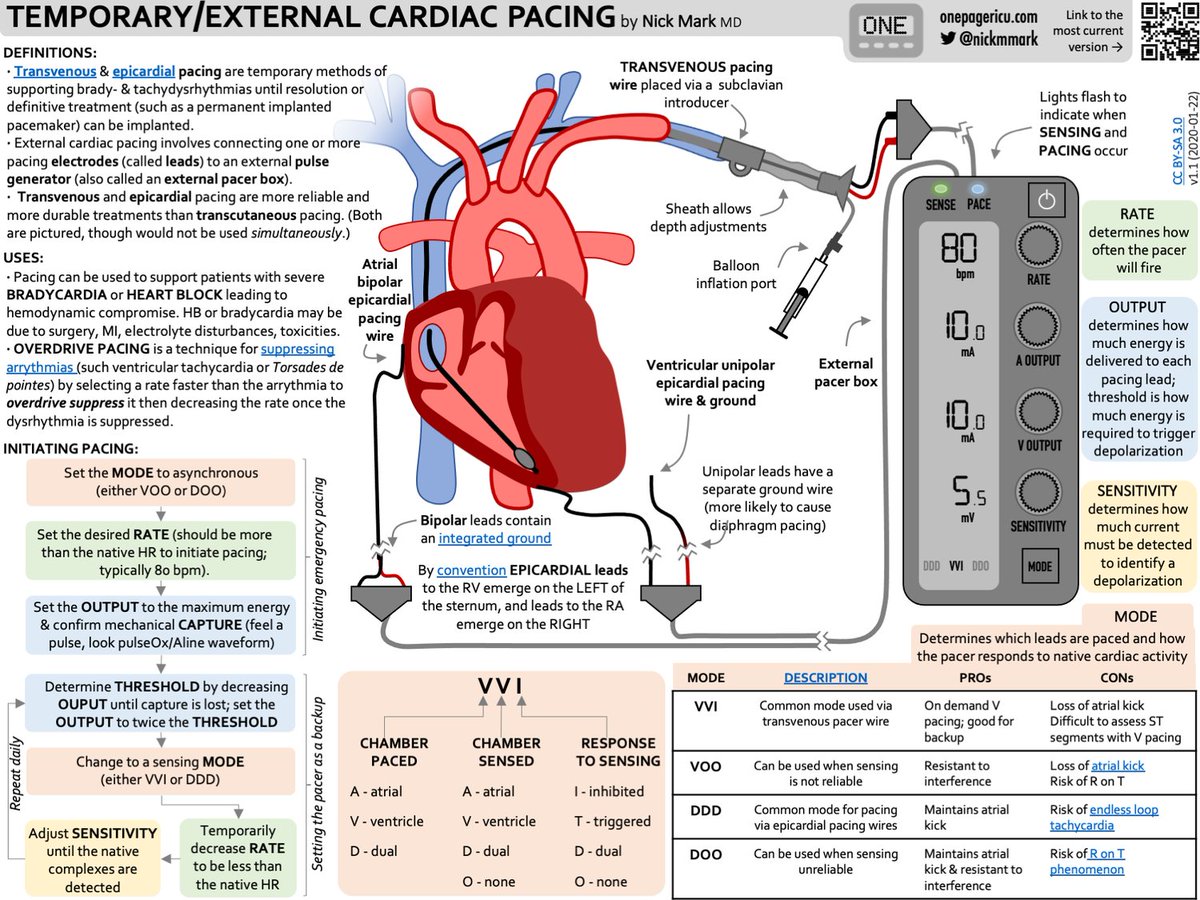
Kiran Patel
@drkiranpatel1
Cardiology specialist registrar | NHLI | Imperial College London | Obesity and cardiac electrophysiology
ID: 1073169051353001984
http://www.imperial.ac.uk/people/kiran.patel 13-12-2018 10:53:35
1,1K Tweet
641 Followers
1,1K Following






⚾️⚾️⚾️ Keeping the Heart Rhythm Society tradition alive by taking the team Arun Sau Joseph Barker Boroumand Zeidaabadi out to ball game, after a day at conference Some pics too of previous HRS baseball with research fellows Kiran Patel and Balvinder Handa Nicholas S Peters Imperial EP NHLI


Subepicardial Adipose Tissue as a Modulator of Arrhythmias Kiran Patel heartrhythmopen.com/article/S1547-…

Pleased to have our commissioned manuscript published in HeartRhythm on (sub)epicardial adipose tissue as a modulator of cardiac arrhythmias. Thank you to Prof Ruben Coronel and co-authors, and as ever, to the one and only Fu Siong Ng NHLI










🚨 Heart failure (HF) decongestion ≠ simple fluid removal. Let’s explore the fascinating electrolyte changes happening behind the scenes and how they interact with diuretic therapy. 🫀💧⚡ Here follows a thread.🧵 Full review by Frederik H. Verbrugge and me: onlinelibrary.wiley.com/doi/10.1002/ej…















